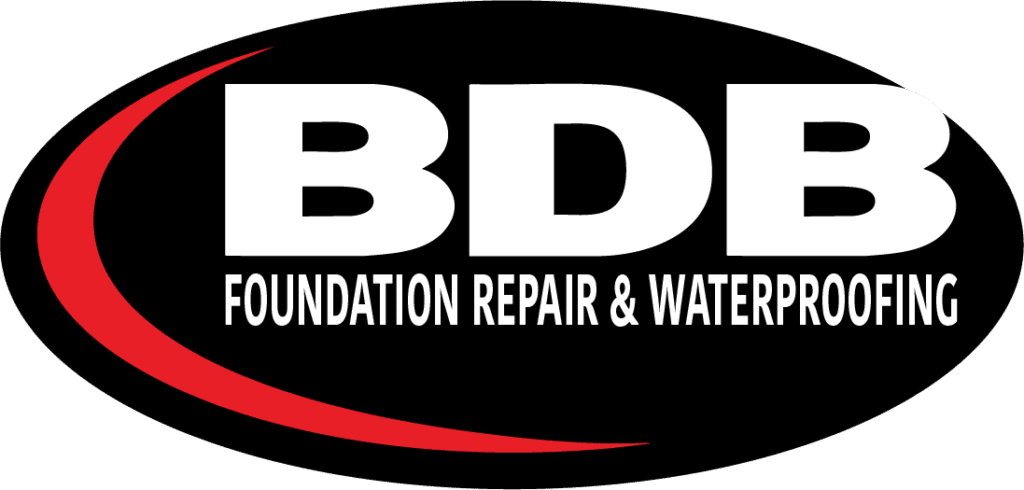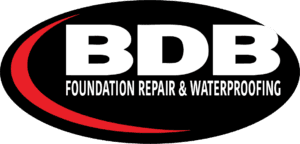5 Common Issues with Cement Block Foundations and How to Address Them
Cement block foundations serve as a sturdy support for many basements, but they aren’t impervious to issues. Over time, these foundations can encounter a range of problems which can cause unknown concerns for many homeowners. By gaining an understanding of these common issues and knowing how to address them is crucial in maintaining the integrity of your home’s foundation. Let’s take a look at the 5 most common issues and how to address them:
1. Cracking and Structural Damage
One of the primary issues with cement block foundations is cracking. These cracks can appear due to various factors like settlement, soil movement, or excessive water pressure. Small cracks might seem harmless initially but can exacerbate over time, leading to structural damage.
Addressing the Issue: Regular inspections are key. Monitor cracks for any changes in size or direction. Seal small cracks promptly to prevent water infiltration using hydraulic cement. For significant cracks or structural damage, call BDB Waterproofing so we can assess the extent of the problem and recommend appropriate repairs.
2. Water Seepage and Dampness
Water seepage into cement block foundations is a prevalent issue, particularly in areas with poor drainage or heavy rainfall. Dampness can lead to mold growth, musty odors, and weaken the foundation over time.
Addressing the Issue: Ensure proper grading around the foundation to direct water away. Install or maintain a functional drainage system, such as gutters and downspouts, to prevent water from pooling near the foundation. Waterproofing solutions like sealants or waterproof membranes can be applied to prevent water penetration.
3. Efflorescence
Efflorescence occurs when mineral salts present in the cement blocks migrate to the surface, leaving behind a white, powdery residue. While it doesn’t directly harm the structure, it can indicate moisture-related issues.
Addressing the Issue: Efflorescence removal involves brushing or washing the affected area with a mild acidic solution. However, it’s essential to address the underlying moisture problem to prevent its recurrence. Waterproof coatings or sealants can help mitigate moisture penetration.
4. Settling and Foundation Movement
Over time, cement block foundations can experience settling or movement due to soil conditions, leading to unevenness or shifting of the structure above.
Addressing the Issue: Regular inspections can help detect early signs of settling. Soil stabilization methods like installing piers or underpinning may be necessary for significant movement. Consultation with a foundation repair specialist such as BDB Waterproofing is crucial to determine the appropriate remediation method.
5. Thermal Expansion and Contraction
Cement block foundations expand and contract with temperature fluctuations, leading to stress on the material and potentially causing cracks or structural issues.
Addressing the Issue: Proper insulation around the foundation can help minimize temperature-related stress. Additionally, ensuring proper ventilation in the foundation area can reduce moisture buildup, mitigating potential issues associated with temperature changes.
While cement block foundations offer strength and durability, they are not immune to various issues that can compromise their integrity over time. Regular maintenance, timely repairs, and proactive measures to address potential problems are essential for preserving the foundation’s stability and the overall structural integrity of your home.
BDB Waterproofing Has the Solutions You Need
If you have cement blocks in your basement foundation and want to ensure that they are in good, working condition – consider consulting BDB Waterproofing, Inc. Our expertise can help you make the right decisions to keep your basement dry and your home safe for years to come. contact BDB Waterproofing to help you with solutions to waterproof your basement.


